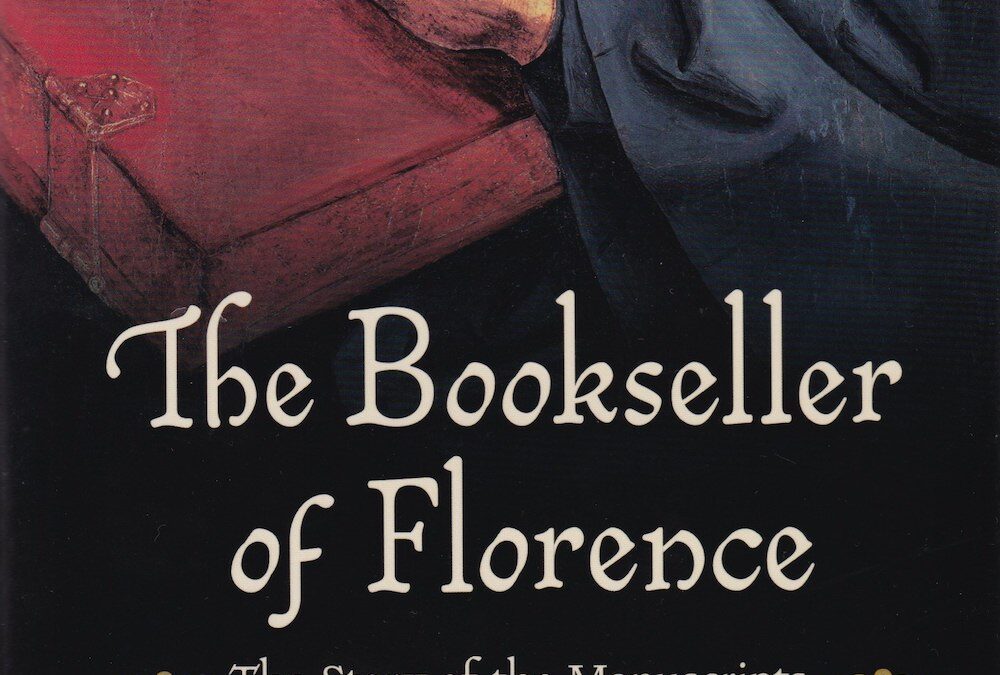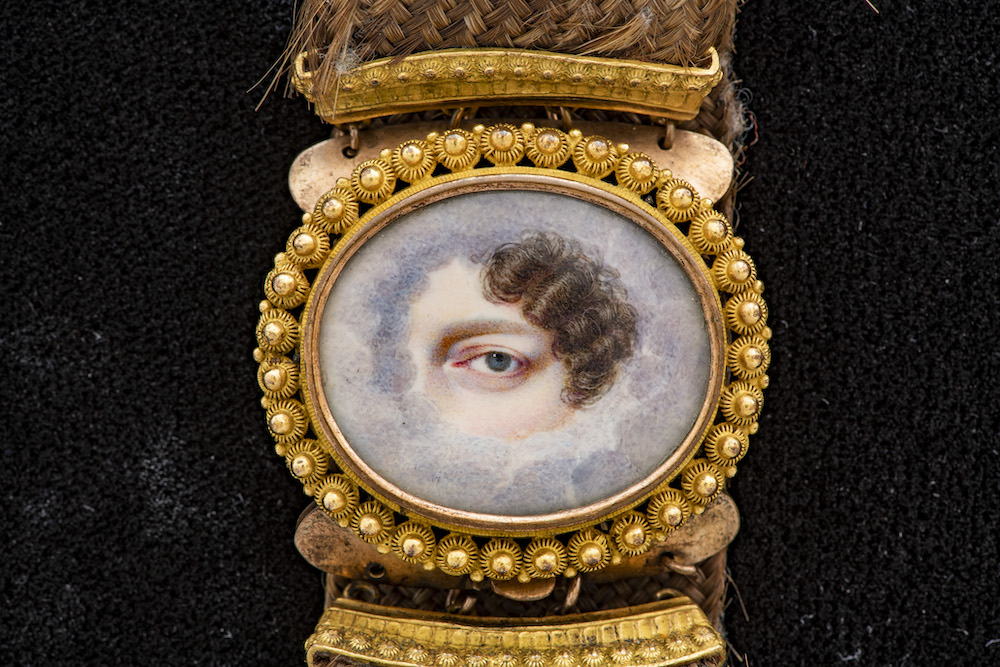The Bookseller of Florence: The Story of the Manuscripts That Illuminated the Renaissance By Ross King 496 pages Atlantic Monthly Press “All evil is born from ignorance. Yet writers have illuminated the world, chasing away the darkness.” —Vespasiano da Bisticci...

Renaissance Reader The Bookseller of Florence By Ross King
read more


